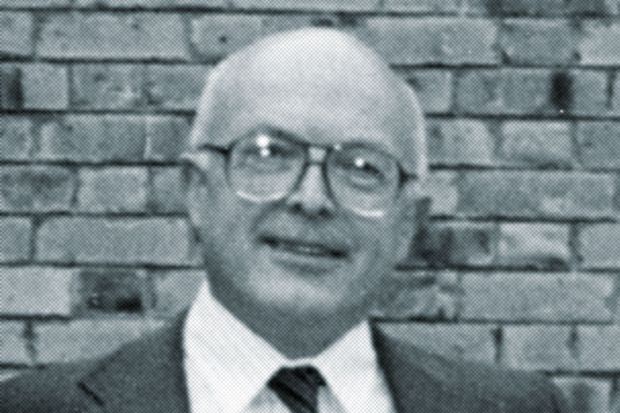A leading figure in the study of planetary science has died.
Allan Mills was born in London in November 1933 and, after schooling in Epsom, gained a scholarship to study at the University of Nottingham. After a first degree in chemistry (1954), he stayed on for a PhD in geology and continued his research on the radiometric dating of rocks at the University of Oxford. He then decided to pursue an academic career in Canada, securing, in 1961, a position carrying out oceanographic research at Dalhousie University in Nova Scotia.
Three years later, Dr Mills moved back to England and began work at the Atomic Energy Research Establishment near Harwell, Oxfordshire. Since he was a specialist in the highly topical field of meteorites, he soon attracted the attention of scientists at the University of Leicester and joined the institution in 1968, remaining there until retirement in 1999, with his time split between the departments of geology and astronomy as a senior lecturer in planetary science.
Shortly after arriving at Leicester, Dr Mills embarked on some experiments using powdered rock and equipment that he had built himself, to test out his idea that the round grains found in meteorites had gone through a fluidisation phase. To his surprise, he discovered that he had produced a miniature replica of the surface of the Moon.
This led him to propose a new theory about the origin of planetary surfaces, which he went on to develop further by carrying out controlled explosions beneath a bed of sand in the departmental garage.
Dr Mills’ inventiveness made him a stimulating teacher, highly skilled at designing demonstrations to bring complex theoretical concepts to life. He also left a remarkable range of beautifully sculptured scientific objects all over the university: an astronomical clock on the Rattray Building, sundials at the front of the Bennett Building and a noon-mark sundial in the middle of the campus. He even entered The Guinness Book of Records by creating the world’s tallest barometer.
Although he wrote extensively about planetary science, craters, thermoluminescence, and the role of tiltmeters in studying volcanoes, Dr Mills had a wide range of other interests and published on everything from medieval stained glass to bone substitutes that could be used in surgery. He was even invited by the local planning authority to present his proposals for a non-polluting transport system.
Dr Mills died of cancer on 28 February and is survived by his wife, Pauline, three sons and five grandchildren.
Register to continue
Why register?
- Registration is free and only takes a moment
- Once registered, you can read 3 articles a month
- Sign up for our newsletter
Subscribe
Or subscribe for unlimited access to:
- Unlimited access to news, views, insights & reviews
- Digital editions
- Digital access to THE’s university and college rankings analysis
Already registered or a current subscriber?





